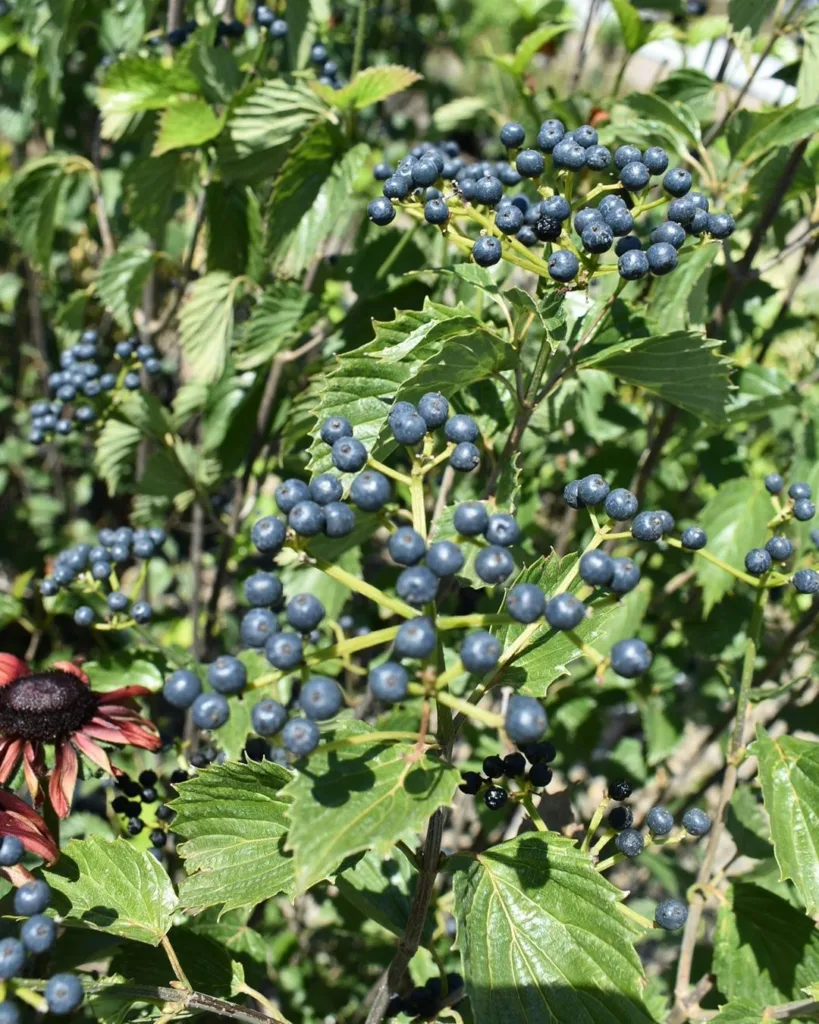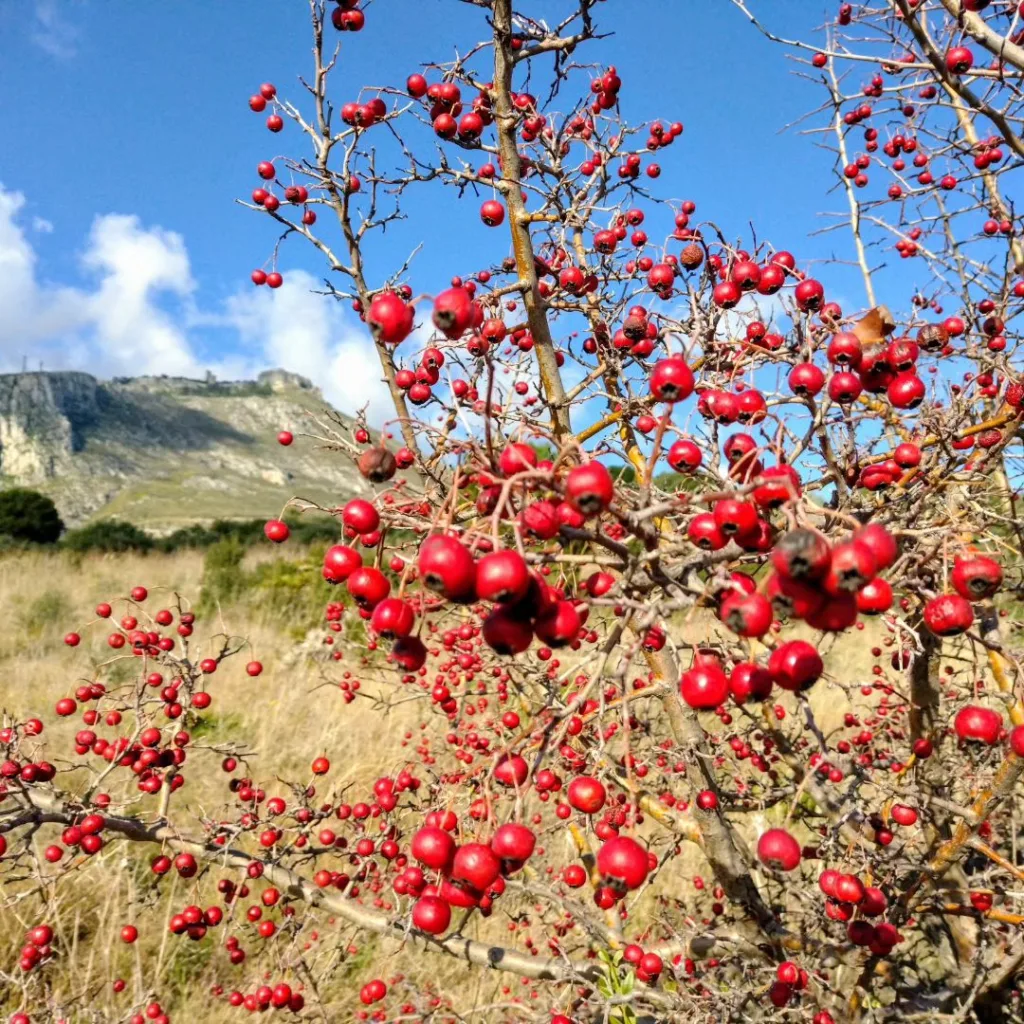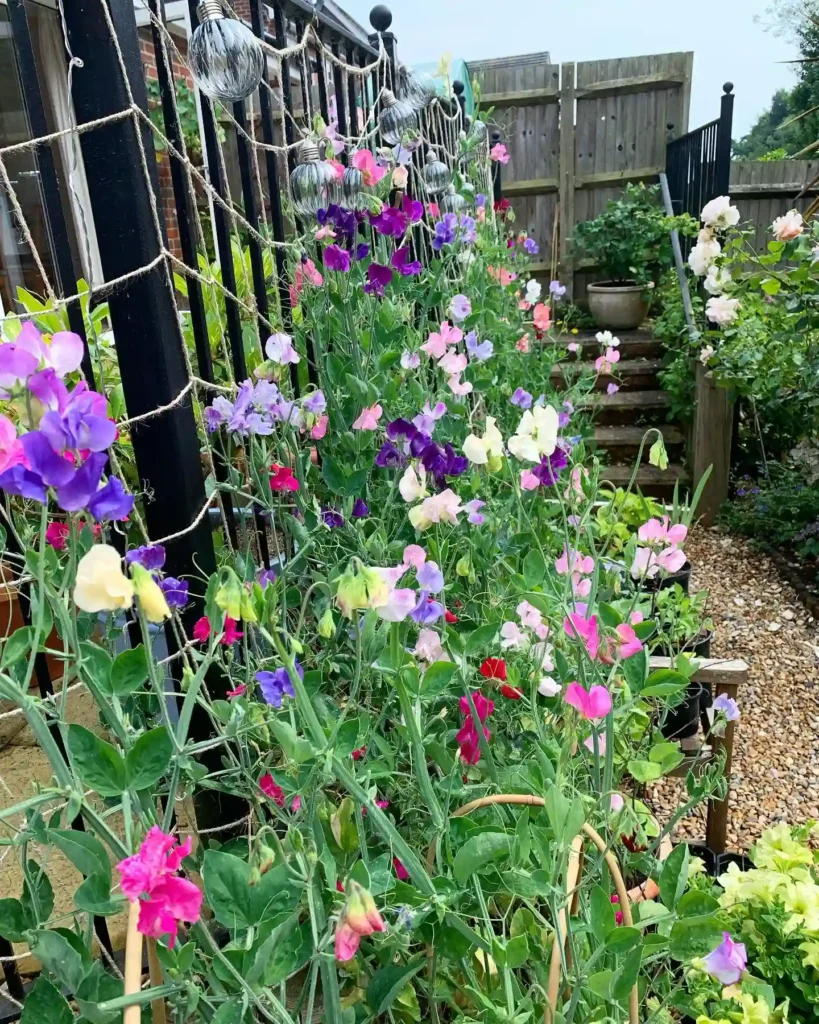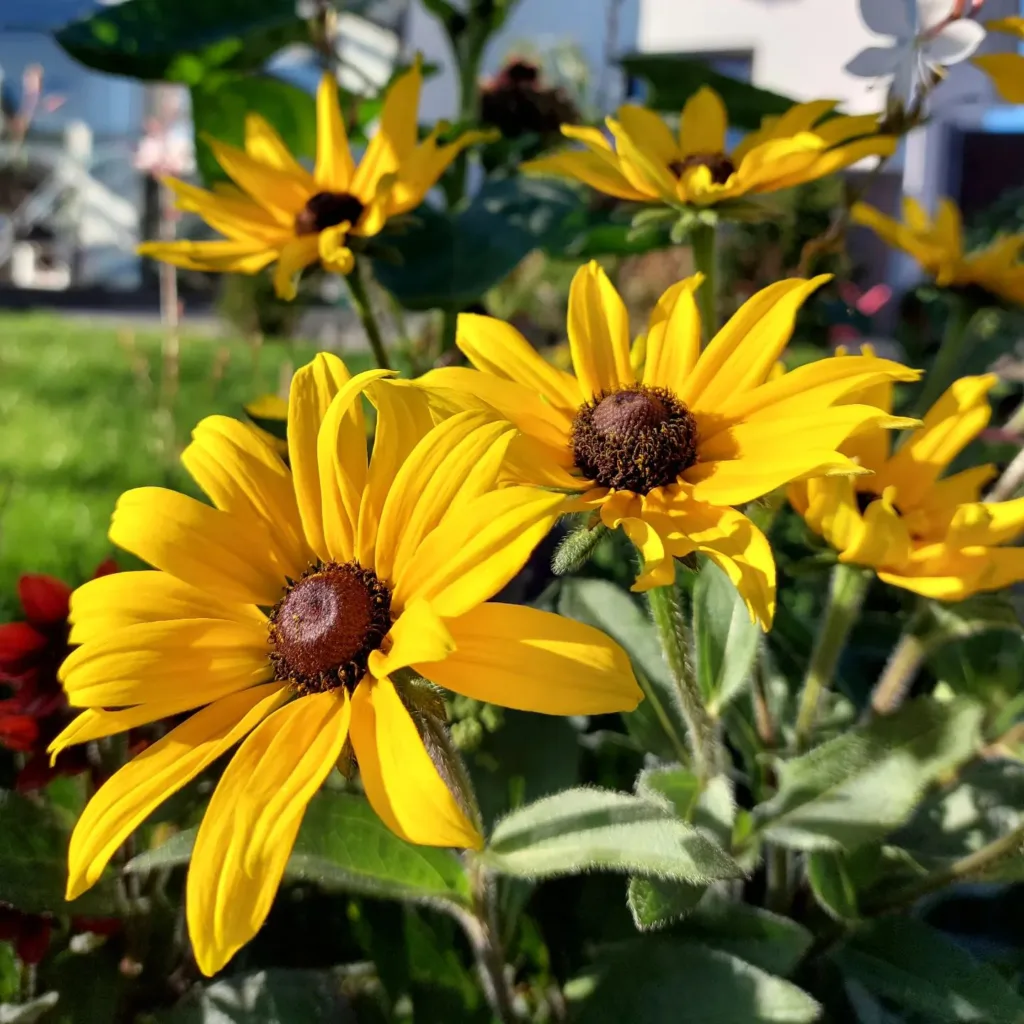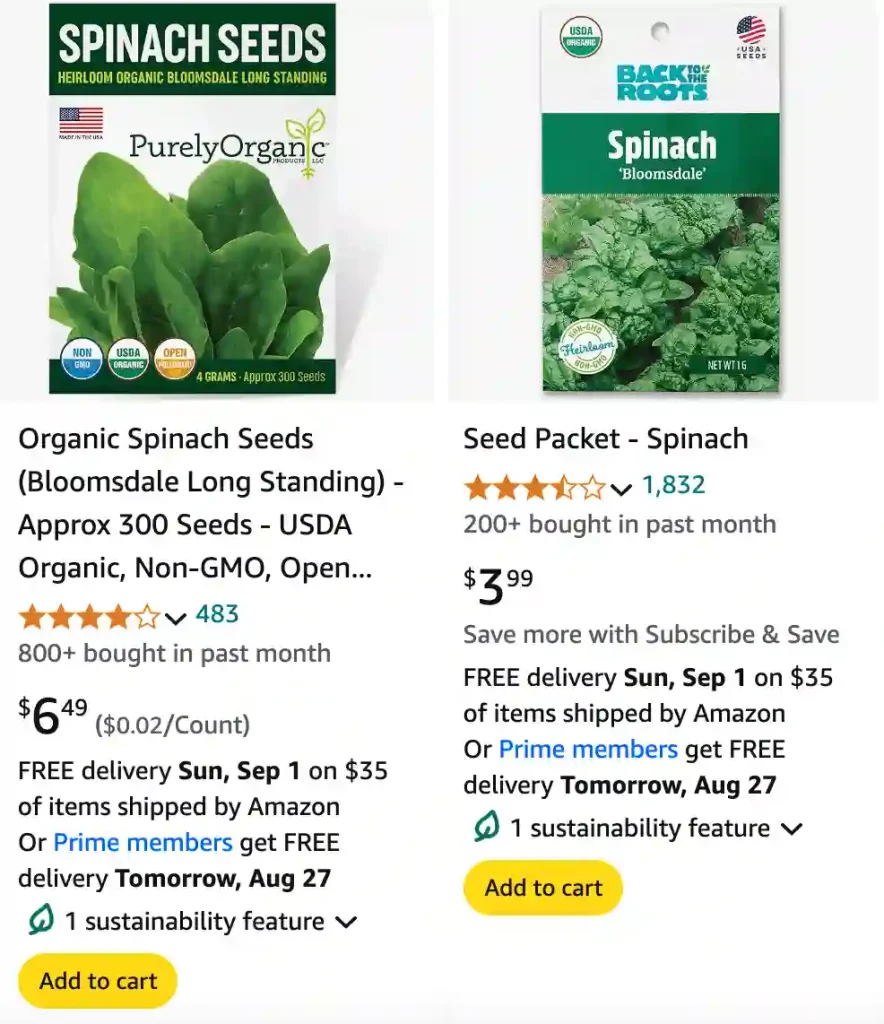
What Does a Spinach Plant Look Like?
Spinach Plant – Spinacia Oleracea belong to the Amaranthaceae family, is quite distinctive. Its leaves are broad, dark green, and often have a smooth or slightly crinkled texture. The plant forms a rosette of leaves at the base, and the stems are usually sturdy but not overly thick. Spinach grows from a central crown, and its overall appearance can be quite lush if well-maintained.
Plant Family: 184 Genera in Amaranthaceae
How Big Does a Spinach Plant Get?
Spinach Plants typically reach about 6 to 12 inches in height. The width can vary, but it’s common for the plant to spread out to about 8 to 12 inches. When grown in ideal conditions, you might get a more robust plant, but space constraints can limit growth.
How Long Does a Spinach Plant Last?
Spinach Plants have a relatively short lifespan. They are generally grown as a cool-season crop and will typically last about 6 to 8 weeks from planting to harvest. If you want to enjoy spinach over a longer period, you can stagger plantings every few weeks.
How Much Does One Spinach Plant Yield?
Each Spinach Plant can yield a good amount of leaves. On average, you might harvest about 1 to 2 pounds of leaves per plant. This can vary depending on growing conditions and how well the plant is cared for.
How to Care for a Spinach Plant?
Caring for a Spinach Plant involves several key steps. Here’s what you need to know:
- Watering: Spinach likes consistent moisture, so keep the soil evenly damp but not soggy.
- Sunlight: It thrives in cool, partial shade or full sun. In hotter climates, some shade is beneficial.
- Soil: Plant in well-drained, nutrient-rich soil with a pH between 6.0 and 7.0.
- Fertilizing: Use a balanced fertilizer to promote healthy growth.
How to Collect Seeds from a Spinach Plant?
Collecting seeds from a Spinach Plant involves a few steps:
- Wait for the Plant to Flower: Spinach will send up flower stalks if it is allowed to mature past the leafy stage.
- Harvest Seeds: Once the flower stalks turn brown and dry, you can collect the seeds. They will be small and can be shaken from the dried flower heads.
- Store: Store seeds in a cool, dry place in an airtight container.
Why Is My Spinach Plant Flowering?
Spinach Plants flower as part of their natural life cycle, often triggered by warmer temperatures or stress. Flowering is a sign that the plant is transitioning to seed production, and the leaves may become more bitter as a result. If you want to prevent flowering, grow spinach in cooler conditions and harvest leaves before the plant bolts.
Why Is My Spinach Plant Turning Yellow?
Yellowing leaves can be a sign of several issues:
- Nutrient Deficiency: Spinach may turn yellow if it’s lacking in essential nutrients, particularly nitrogen.
- Overwatering: Excessive moisture can lead to root rot and yellowing leaves.
- Pests or Diseases: Check for signs of pests or diseases, which can also cause yellowing.
Spinach vs. Kale
Spinach and Kale are both leafy greens but differ in texture and taste. Spinach has a milder flavor and softer leaves compared to Kale, which has a more robust flavor and tougher leaves. Nutritionally, both are high in vitamins and minerals, but Kale has a bit more fiber and vitamin C.
Spinach vs. Lettuce
Spinach and Lettuce are both used in salads but differ in taste and texture. Spinach has a richer, more complex flavor, while Lettuce is usually milder and crisper. Spinach is also richer in iron and vitamins A and C compared to Lettuce.
Spinach vs. Romaine
Romaine Lettuce and Spinach are often confused due to their use in salads, but they have distinct differences. Romaine has crunchy, elongated leaves, whereas Spinach has tender, round leaves. Spinach is also higher in iron, while Romaine provides more fiber.
Spinach vs. Arugula
Arugula and Spinach both add a peppery flavor to dishes, but Arugula is spicier and has a more intense taste. Spinach is milder and tends to be used in larger quantities. Nutritionally, Arugula is higher in calcium, while Spinach is a better source of iron.
Spinach vs. Broccoli
Spinach and Broccoli are quite different in both flavor and use. Broccoli is a cruciferous vegetable with a distinct, slightly bitter taste and a more substantial texture. Spinach is more delicate and can be used both raw and cooked. Nutritionally, both are rich in vitamins, but Spinach has more iron and Broccoli has more fiber.
Spinach vs. Chard
Spinach and Chard are similar in that both have large, green leaves, but Chard has colorful stems and a slightly earthier taste. Spinach is more delicate and generally used in salads or quick cooking, while Chard is heartier and can be cooked for longer periods.
Spinach vs. Cabbage
Spinach and Cabbage are very different. Cabbage has a crunchy, dense texture and a more robust flavor compared to the tender, delicate leaves of Spinach. Nutritionally, Cabbage offers more fiber and Vitamin K, while Spinach is higher in iron and Vitamin A.
Spinach vs. Collard Greens
Collard Greens and Spinach both belong to the leafy green family but have different flavors and textures. Collard Greens are more robust and can withstand longer cooking times, while Spinach is more tender and suited to quick cooking or raw use. Collard Greens are also higher in calcium.
Spinach vs. Asparagus
Spinach and Asparagus are not only different in taste but also in texture. Asparagus has a crisp texture and a slightly sweet flavor, while Spinach is tender and has a milder taste. Nutritionally, both are good sources of vitamins, but Asparagus has more fiber.
Spinach vs. Avocado
Avocado and Spinach are different types of produce. Avocado is a creamy fruit with high healthy fat content, whereas Spinach is a leafy green low in fat but high in iron and vitamins. They complement each other well in salads but offer different nutritional benefits.
Spinach vs. Basil
Basil and Spinach are used differently in cooking. Basil is an herb with a strong, aromatic flavor, while Spinach is a leafy green with a mild taste. Spinach is more commonly used in salads and cooking, whereas Basil is often used fresh in dishes for flavor.
Spinach vs. Bok Choy
Bok Choy and Spinach have different textures and flavors. Bok Choy has crunchy stems and a mild flavor, whereas Spinach is tender with a more delicate taste. Both are nutritious, but Bok Choy offers more vitamin K, while Spinach is richer in iron.
Spinach vs. Brussel Sprouts
Spinach and Brussel Sprouts differ significantly. Brussel Sprouts are small, cabbage-like vegetables with a strong flavor, while Spinach has a much milder taste. Spinach is generally used raw or lightly cooked, while Brussel Sprouts often require longer cooking.
Spinach vs. Callaloo
Callaloo and Spinach are both leafy greens, but Callaloo has a distinct, slightly bitter flavor and is used differently in Caribbean cuisine. Spinach is more versatile and widely used in various dishes globally.
Spinach vs. Celery
Spinach and Celery are quite different. Celery is a crunchy, low-calorie vegetable with a mild flavor, while Spinach is a leafy green with a richer taste. Celery is used more for its texture and crunch, whereas Spinach is valued for its nutritional content.
Spinach vs. Chinese Spinach
Chinese Spinach, also known as Amaranth, has a slightly different taste and texture compared to regular Spinach. It is often used in Asian cuisines and has a more earthy flavor. Nutritionally, it offers similar benefits to Spinach but can have higher levels of certain vitamins.
Spinach vs. Moringa
Moringa and Spinach are both highly nutritious, but they differ in taste and texture. Moringa leaves have a more intense flavor and are often used in powdered form, while Spinach has a milder taste and is used fresh or cooked.
Spinach vs. Palak
Palak is actually a type of Spinach commonly used in Indian cuisine. The terms are often used interchangeably, but Palak is specifically the variety used in many traditional dishes, offering the same nutritional benefits as other Spinach varieties.
Spinach vs. Silverbeet
Silverbeet, also known as Swiss Chard, is closely related to Spinach but has colorful stems and a more robust flavor. It is heartier and can withstand longer cooking times compared to Spinach.
Spinach vs. Spirulina
Spirulina is a blue-green algae often used as a supplement, while Spinach is a leafy green vegetable. Spirulina is much richer in protein and certain nutrients, but Spinach provides a broader range of vitamins and minerals.
Spinach vs. Swiss Chard
Swiss Chard and Spinach are similar in that they both have large, leafy greens. However, Swiss Chard has colorful stems and a more earthy taste compared to the milder Spinach. Both are highly nutritious and can be used in similar ways.
Spinach vs. Water Spinach
Water Spinach, also known as Kangkong, is a popular leafy green in Asian cuisine with a more succulent texture compared to regular Spinach. It has a mild flavor and is used in stir-fries and soups.
Spinach vs. Watercress
Watercress and Spinach are both nutrient-dense leafy greens, but Watercress has a peppery flavor and more intense taste. It is often used in salads and garnishes, while Spinach is more versatile for various cooking methods.
How to Propagate Spinach?
Propagating Spinach is relatively straightforward. You can start by planting seeds directly in the soil. Space them about 1 inch apart and cover lightly. For a more controlled environment, you can start seeds indoors and transplant them outside once they’re strong enough.
What to Plant with Spinach?
Spinach pairs well with other cool-season crops like peas, radishes, and carrots. Avoid planting it with members of the cabbage family, as they can compete for similar nutrients.
Can You Grow Spinach Indoors?
Yes, Spinach can be grown indoors. Ensure it gets enough light, ideally from a grow light, and keep the soil moist. Indoor spinach may require additional attention to avoid pests and ensure proper growth.
Is Spinach Toxic?
Spinach is generally safe and not toxic. However, it contains oxalates, which can contribute to kidney stones in susceptible individuals. It’s best consumed in moderation as part of a varied diet.
Benefits of Spinach
Spinach is packed with nutrients. It’s rich in iron, vitamins A, C, and K, and antioxidants. It supports eye health, boosts the immune system, and may help reduce inflammation.
Common Problems with Spinach
Common issues include bolting (flowering too early), yellowing leaves, and pests like aphids. Address these problems by adjusting growing conditions and using appropriate pest control methods.
How to Care for Spinach?
Proper care involves consistent watering, providing adequate light, and using well-drained soil. Monitor for pests and diseases, and harvest leaves regularly to encourage continued growth.
How to Take Care of Spinach?
Taking care of Spinach involves regular maintenance. Ensure it receives the right amount of water, keep the area weed-free, and provide enough nutrients. Regular harvesting will keep the plant productive.
In summary, Spinach is a versatile and nutritious green with many uses and benefits. By understanding how to grow and care for it, you can enjoy a steady supply of fresh spinach for your meals.
If i die, water my plants!
